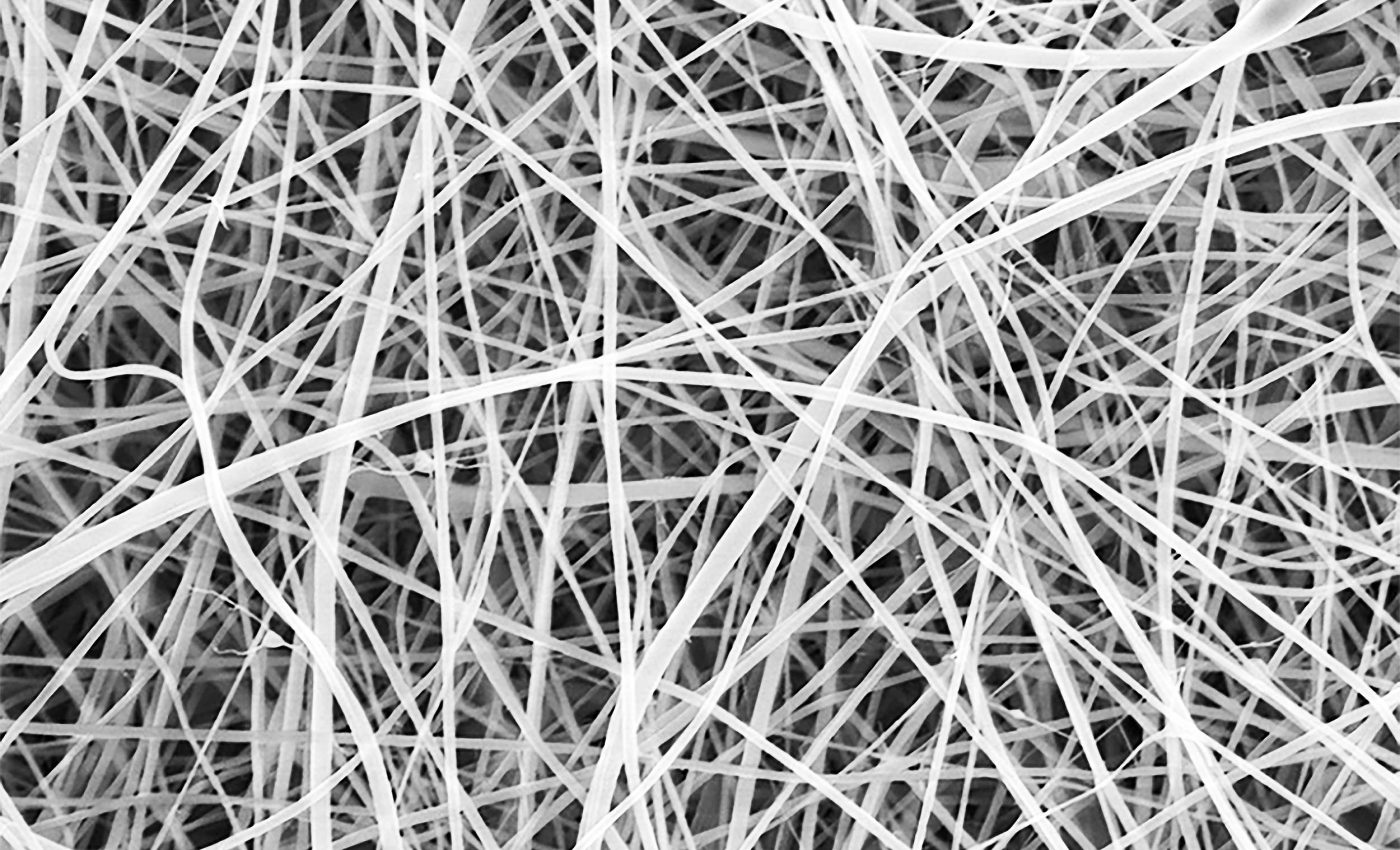
World’s thinnest spaghetti 'nanopasta' could heal wounds and regrow tissues
Spaghetti, a word that evokes thoughts of delicious Italian cuisine and hearty meals, has taken on an entirely new meaning in the realm of science.
Imagine strands so impossibly thin they are 200 times slimmer than a human hair — not destined for marinara sauce but poised to revolutionize fields as diverse as medicine and advanced materials science.
Recently, a team of scientists from University College London (UCL) has crafted the world’s thinnest strands of material, daintily dubbed “spaghetti” in an attempt to blend the familiar with the extraordinary.
Beatrice Britton, the study’s lead author, carried out the work as part of her master’s degree in chemistry at UCL.
“To make spaghetti, you push a mixture of water and flour through metal holes. In our study, we did the same except we pulled our flour mixture through with an electrical charge. It’s literally spaghetti but much smaller,” explained co-author Dr. Adam Clancy from the UCL Department of Chemistry.
However, this remarkable creation isn’t for your dinner plate. Its potential lies in novel applications for wound healing, tissue regeneration, and drug delivery, thereby setting a new benchmark in nanotechnology.
Healing power of “spaghetti” nanopasta
The secret lies in its base material – starch. This carbohydrate, accumulated in abundance by green plants, provides us with fascinating prospects for creating nanofibers.
The microscopic mats of nanofibers are permeable enough to permit the passage of water and moisture, while acting as a protective barrier against harmful bacteria.
“Nanofibers, such as those made of starch, show potential for use in wound dressings as they are very porous,” said Professor Gareth Williams from UCL School of Pharmacy.
“In addition, nanofibers are being explored for use as a scaffold to regrow tissue, as they mimic the extra-cellular matrix – a network of proteins and other molecules that cells build to support themselves.”
Making spaghetti nanopasta
Nanofibers made from starch offer remarkable potential for applications in medicine and industry.
However, traditional methods for producing these materials rely on extracting and purifying starch from plant cells – a process that demands significant energy and water and raises environmental concerns.
The UCL team has devised an innovative alternative: creating nanofibers directly from starch-rich flour, a widely available and sustainable resource.

Bypassing the need for intensive purification, this approach not only reduces resource consumption but also leverages a common food ingredient in an unexpected and transformative way.
This method represents a shift towards greener nanotechnology, aligning material science innovation with environmental responsibility.
Future of spaghetti nanopasta
The researchers are optimistic about the future of these ultra-thin nanofibers, especially when they are made using starch-rich flour as a starting material.
“Starch is a promising material to use as it is abundant and renewable — it is the second largest source of biomass on Earth, behind cellulose — and it is biodegradable, meaning it can be broken down in the body,” said Dr. Clancy.
However, the process of creating nanofibers from flour is not without challenges. Impurities such as proteins and cellulose increase the mixture’s viscosity, making fiber formation more difficult.
The study highlights how using formic acid instead of water effectively breaks down the giant starch helices, allowing the creation of nanofibers.
The researchers also carefully controlled the mixture’s temperature during preparation to achieve the right consistency.
This novel approach not only simplifies the process but also opens the door to sustainable and scalable production methods.
Why does any of this matter?
While the team has made significant progress, much work remains to fully explore the potential of this “healing spaghetti.”
“We’ve shown that a simpler way to make nanofibers using flour is possible. The next step would be to investigate the properties of this product. We would want to know, for instance, how quickly it disintegrates, how it interacts with cells, and if you could produce it at scale,” explained Dr. Clancy.
The versatility of these nanofibers opens the door to applications beyond medicine, potentially transforming areas such as environmental engineering and biodegradable materials.
Despite the promise of starch-based nanofibers in medicine and industry, their culinary applications remain out of reach.
“I don’t think it’s useful as pasta, sadly, as it would overcook in less than a second, before you could take it out of the pan,” Professor Williams stated humorously.
The researchers plan to continue refining the electrospinning process and exploring the properties of their nanofibers to determine their viability for practical applications.
For now, the world’s thinnest “spaghetti” stands as a remarkable example of the creativity and ingenuity of modern materials science.
The study is published in the journal Nanoscale Advances.
Image Credit: Beatrice Britton / Adam Clancy
—–
Like what you read? Subscribe to our newsletter for engaging articles, exclusive content, and the latest updates.
Check us out on EarthSnap, a free app brought to you by Eric Ralls and Earth.com.
—–













